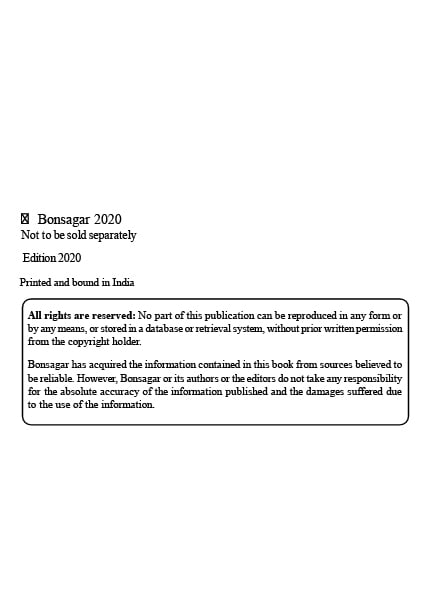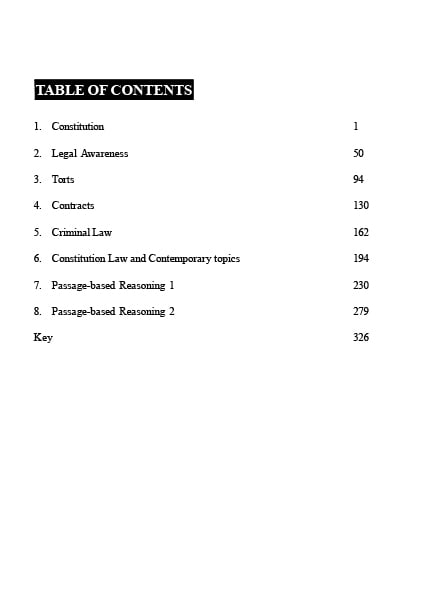CAT vs Other MBA Entrance Exams: Which One Is Right for You?
In the world of business and management education, obtaining an MBA (Master of Business Administration) is often considered a gateway to a successful career. The journey to earning this prestigious degree, however, begins with a crucial decision – choosing the right MBA entrance exam. Among the various MBA entrance exams available, the Common Admission Test (CAT) stands out as one of the most renowned and competitive. But is it the best choice for everyone? In this article, we will explore CAT and compare it with other MBA entrance exams to help you make an informed decision on which one aligns best with your career aspirations and abilities.
Understanding CAT: The Gold Standard
The Common Admission Test, or CAT, is conducted annually by the Indian Institutes of Management (IIMs) and is widely regarded as one of the toughest MBA entrance exams in India. CAT serves as the gateway to the prestigious IIMs and many other top-tier business schools across the country. Here are some key features of CAT:
Exam Format:
CAT typically consists of three sections: Verbal Ability and Reading Comprehension (VARC), Data Interpretation and Logical Reasoning (DILR), and Quantitative Ability (QA). The exam pattern may vary slightly from year to year, but it primarily assesses a candidate’s problem-solving, analytical, and communication skills.
Difficulty Level:
CAT is known for its high difficulty level. The questions are designed to test not only your knowledge but also your ability to think critically and apply concepts in real-world scenarios. Scoring well in CAT requires rigorous preparation and a high level of competency in mathematics, logical reasoning, and English language skills.
Competition:
CAT witnesses a massive number of applicants each year, with thousands of candidates vying for a limited number of seats in top MBA programs. The competition is fierce, and the exam’s percentile-based scoring system means that your performance is relative to that of other test-takers.
Acceptance by Top B-schools:
A high CAT score is a ticket to some of the most prestigious business schools in India, including the IIMs. Many other renowned institutes also accept CAT scores for their MBA programs.
Now that we have an overview of CAT let’s delve into the other popular MBA entrance exams in India to understand their unique features and compare them with CAT.
Alternative MBA Entrance Exams:
While CAT is undoubtedly a highly respected entrance exam, it may not be the best fit for everyone. Different MBA entrance exams cater to varying profiles of candidates and offer diverse opportunities. Let’s explore some of the notable alternatives to CAT:
1. XAT (Xavier Aptitude Test)
Exam Format: XAT consists of multiple-choice questions (MCQs) and a unique essay-writing section. It assesses aptitude in quantitative ability, English language skills, decision-making, and general knowledge.
Notable Institutes: XLRI Jamshedpur, SPJIMR Mumbai, XIMB Bhubaneswar, and several other prestigious B-schools accept XAT scores.
Advantages:
- XAT includes a section on general knowledge, making it suitable for candidates with a well-rounded awareness of current affairs.
- The essay-writing section allows candidates to showcase their communication skills and creativity.
Consider XAT If: You are well-versed in current affairs and want to highlight your essay-writing abilities in addition to your aptitude.
2. NMAT (NMIMS Management Aptitude Test)
Exam Format: NMAT assesses candidates on language skills, quantitative skills, and logical reasoning through multiple-choice questions.
Notable Institutes: NMIMS Mumbai, NMIMS Bangalore, and NMIMS Hyderabad accept NMAT scores.
Advantages:
- NMAT offers a longer testing window, allowing candidates to choose a convenient test date within a specified period.
- It permits multiple attempts, enabling candidates to improve their scores.
Consider NMAT If: You prefer flexibility in choosing your exam date and the option to retake the test.
3. SNAP (Symbiosis National Aptitude Test)
Exam Format: SNAP assesses candidates on four sections: General English, Analytical and Logical Reasoning, Quantitative, Data Interpretation & Data Sufficiency, and General Awareness.
Notable Institutes: Symbiosis Institute of Business Management (SIBM) Pune, SCMHRD Pune, SIIB Pune, and other Symbiosis institutes accept SNAP scores.
Advantages:
- SNAP covers a wide range of subjects, including general awareness.
- Candidates can apply to multiple Symbiosis institutes with a single SNAP scorecard.
Consider SNAP If: You are interested in multiple institutes under the Symbiosis banner and want to apply to them using a single test score.
4. MAT (Management Aptitude Test)
Exam Format: MAT assesses candidates’ aptitude in mathematical skills, data analysis and sufficiency, language comprehension, and intelligence and critical reasoning.
Notable Institutes: MAT scores are accepted by numerous B-schools across India, including Alliance Business School, TAPMI, and IFIM Business School.
Advantages:
- MAT is conducted multiple times a year, providing flexibility in exam dates.
- It assesses candidates on a variety of skills, including critical reasoning.
Consider MAT If: You prefer a widely accepted test with multiple testing opportunities.
Choosing the Right Exam for You:
Now that we’ve explored CAT and some of its alternatives, how do you go about choosing the right MBA entrance exam for your career aspirations? Here are some factors to consider:
1. Career Goals
Your career objectives should drive your choice of an MBA entrance exam. If your dream is to study at one of the IIMs or other top-tier B-schools, then CAT is the obvious choice. However, if you have specific career goals that align better with the curriculum and culture of other institutes, you might want to explore the exams they accept.
2. Strengths and Weaknesses
Assess your strengths and weaknesses honestly. If you excel in areas tested by a particular entrance exam, it might be a good fit for you. On the other hand, if you struggle with certain subjects, consider exams that place less emphasis on those areas.
3. Test Format and Structure
Each MBA entrance exam has its unique format and structure. Consider your comfort level with the exam pattern, including the number of sections, types of questions, and duration. Some exams may be more suitable for candidates with specific skill sets.
4. Test Dates and Flexibility
Evaluate the testing window and flexibility offered by different exams. Some exams, like NMAT and MAT, provide candidates with multiple opportunities to take the test, while others have a single test date.
5. Application and Admission Process
Research the admission process of the institutes that accept scores from your chosen exams. Some may have additional rounds of interviews or group discussions, which can influence your decision.
6. Location and Institute Preferences
Consider the location and reputation of the institutes that accept scores from your chosen exam. If you have a strong preference for studying in a particular city or region, this can be a deciding factor.
7. Cost and Convenience
Factor in the cost of the exam, including registration fees and study materials. Additionally, think about the convenience of taking the test, including travel and accommodation expenses if required.
Final Thoughts
Choosing the right MBA entrance exam is a critical decision that can significantly impact your MBA journey and future career prospects. While CAT remains the gold standard for MBA aspirants, it may not be the ideal choice for everyone. It’s essential to align your career goals, strengths, and preferences with the exam that suits you best.
Remember that success in any MBA entrance exam requires diligent preparation, dedication, and a clear understanding of the test format. Whichever exam you choose, make sure to invest the necessary time and effort to perform at your best. Ultimately, your MBA entrance exam score is just the first step on your path to a successful and fulfilling career in business and management.




